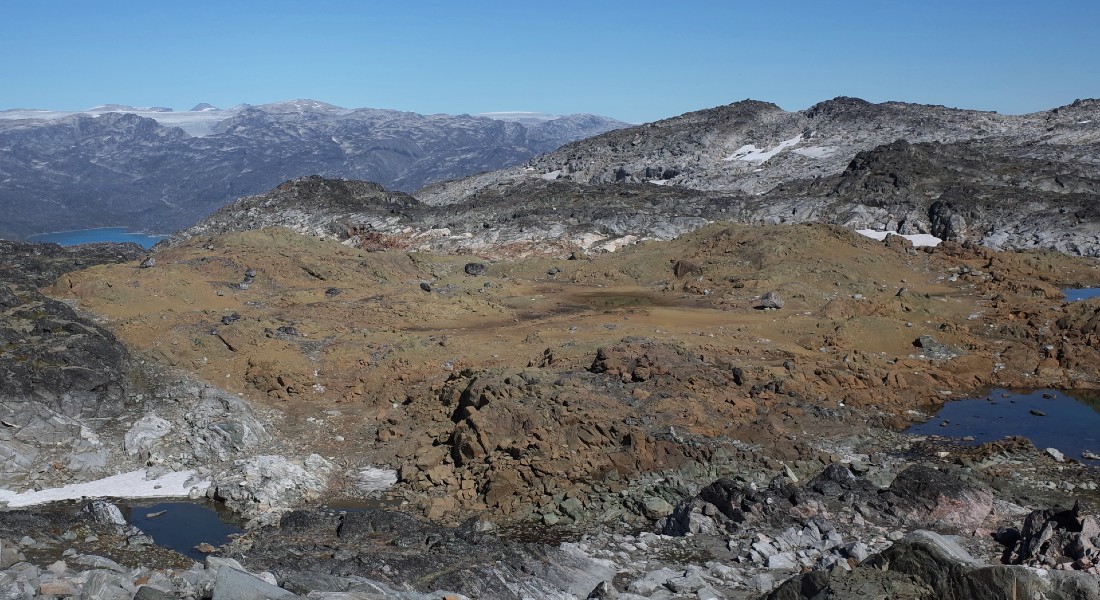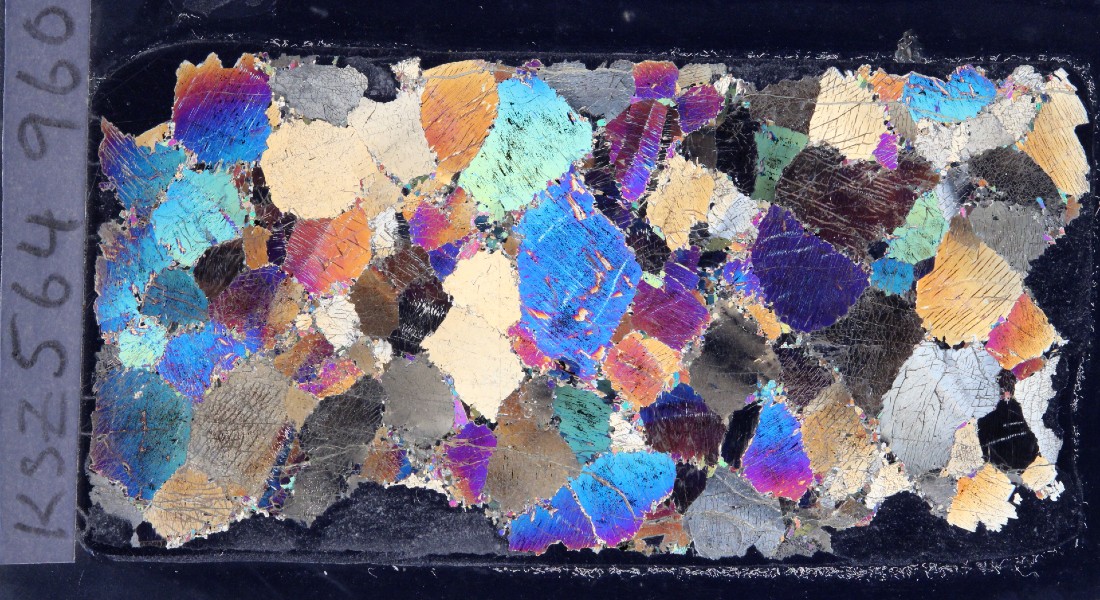Researchers use diamonds to comprehend the foundation of Earth’s continents: "Without it, humankind wouldn’t exist"
Deep beneath Earth’s crust lies a rocky upper mantle that stabilizes the planet’s continents and is among the primary reasons for the existence of life on Earth. In a new study, researchers from the University of Copenhagen and partner institutions use diamonds and other minerals from deep within our planet to examine how the mantle beneath Earth’s continents was formed billions of years ago.

A solid foundation is important in many contexts – for supporting skyscrapers and bridges, for example. But what about 200 kilometers beneath the surface of our continents? Here, the mighty mantle forms the entire foundation for our existence on Earth.
Academically speaking, this particular layer of underground mantle is known as the subcontinental lithospheric mantle. It has allowed the preservation of continents for billions of years and made it possible for terrestrial life to evolve.
"It’s the reason we humans have something to live atop of. Without lithospheric mantle, continents would not have been preserved, nor would there be mountains. Earth’s surface would be covered by ocean and without it, humankind wouldn’t exist," explains Kristoffer Szilas, an assistant professor at the University of Copenhagen’s Department of Geosciences and Natural Resource Management.
In a new study published in the journal Nature, Szilas and an array of international experts analyse the existing knowledge of lithospheric mantle beneath our continents in a hunt to reveal how the mantle was created several billions of years ago.
Stones from Greenland examined
- Samples of the peridotite rock from Greenland played a key role in the study. Some of the best-preserved examples of underground lithospheric mantle anywhere in the world are found in Greenland.
- Kristoffer Szilas' research on the subcontinental lithospheric mantle in Greenland has been supported by a Villum Young Investigator Programme grant from the VILLUM FONDEN.
Diamonds are the key to understanding the evolution of Earth’s mantle
Among other things, the researchers used diamonds as a tool to understand how the subterranean mantle was formed roughly 2.5 billion years ago. Back then, high temperatures melted rocks and rock masses that were subsequently pressed together and solidified into the stable, hard mantle which now serves as a foundation for Earth’s continents.
"Diamonds are formed deep within the mantle, which consists of a family of rock known as peridotite. When chunks of peridotite are brought up to the Earth's surface due to extremely deep volcanic activity, diamonds are known to occasionally tag along. By analyzing the mineral and isotopic composition of these diamonds, we have been able to date the mantle," explains Assistant Professor Szilas, who adds:
"Our study has allowed us to demonstrate that the mantle was originally created at lower pressures than once believed. Later however, it was compressed and shoved downwards to its current depth, where diamonds could be formed. These are the sorts of details that bring us nearer to understanding Earth’s evolution and what makes our planet unique."

An explanation for life on Earth, and its absence on Mars, Venus and Mercury
Besides making a solid crust to stand and walk on possible, Earth’s mantle allows for tectonic activity, the geophysical process by which Earth's outer tectonic plates move, expand, slide and collide – a process essential for the development of life.
"Plate tectonics causes a constant cycling of nutrients such as potassium and phosphorus from deep within our planet up to the surface. These elements are essential for plant life and for the development of most microorganisms, and thereby life itself. Furthermore, plate tectonics is responsible for the formation of new mountain ranges that, as they erode over time due to wind and weather, capture carbon dioxide from the atmosphere and create stable temperatures," explains Szilas.
While similar underground mantles were formed on several other planets during their history, only Earth has managed to assemble and preserve its mantle over time.
"Earth, Mars, Venus and Mercury are all rocky planets with solid surfaces. Each was formed around an iron core, with an underground mantle of peridotite and an outer crust. However, Earth alone has preserved its mantle. This has contributed to the evolution of life, unlike Mars, for example, which is a dead planet, devoid of plate tectonics, continents and an atmosphere," concludes Kristoffer Szilas.

Contact
Kristoffer Szilas, Assistant Professor
Department of Geosciences and Natural Resource Management
University of Copenhagen
krsz@ign.ku.dk, +45 20 81 66 20
Ida Eriksen, Journalist
Faculty of Science, University of Copenhagen
+4593516002, ier@science.ku.dk
